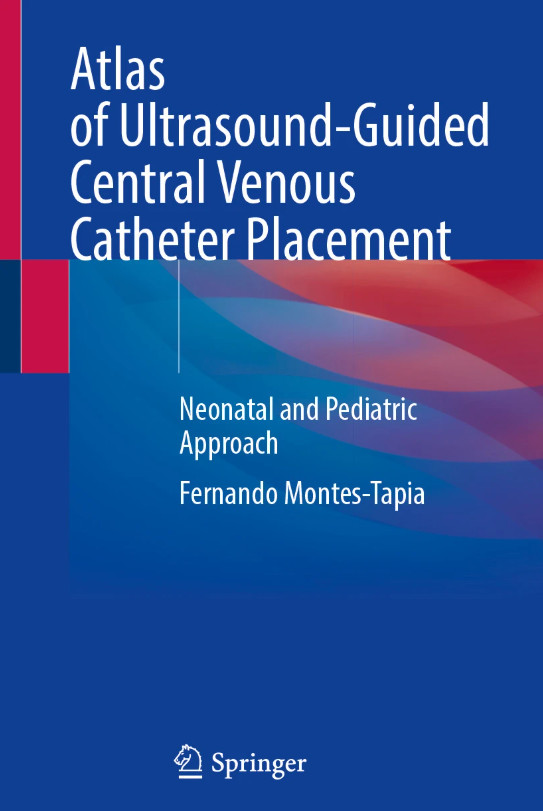Central venous catheter (CVC) placement is the most frequently performed invasive procedure in pediatric and
adult patients. The indications for a CVC include hemodynamic monitoring, administration of parenteral
solutions, antibiotics, and parenteral nutrition, among others. The internal jugular, subclavian, and
femoral veins are the most frequently used sites.
Traditionally, vascular access is performed using anatomical guides; however, its effectiveness depends on
the operator's expertise. The success of the anatomical guide procedure decreases as the patient's age and
weight decrease or the patient has had previous catheterizations or abnormal anatomy. In addition, the risk
of associated complications such as cervical hematomas, pneumothorax, cardiac tamponade, or deaths are
reported when using this technique.
Ultrasound-guided Central Venous Catheter Placement is recognized by the National Institute for Clinical
Excellence (2002) and recommends ultrasound guidance as the preferred method for elective CVC insertion in
adults and children. However, it has not yet become the standard due to a lack of training or adequate
equipment (ultrasound).
This innovative atlas intends to cover all the technical details of 11 types of vascular access in the
pediatric age. It is richly illustrated with over 200 images.
Atlas of Ultrasound-guided Central Venous Catheter Placement is a valuable book for medical professionals
who perform vascular access in pediatric patients and a guide for anyone who wants to place an ultrasound-
guided central venous catheter. It is a useful resource for pediatric surgeons, surgeons, anesthesiologists,
pediatric emergency care, pediatric intensive care, neonatologists, pediatricians, and nurses.


